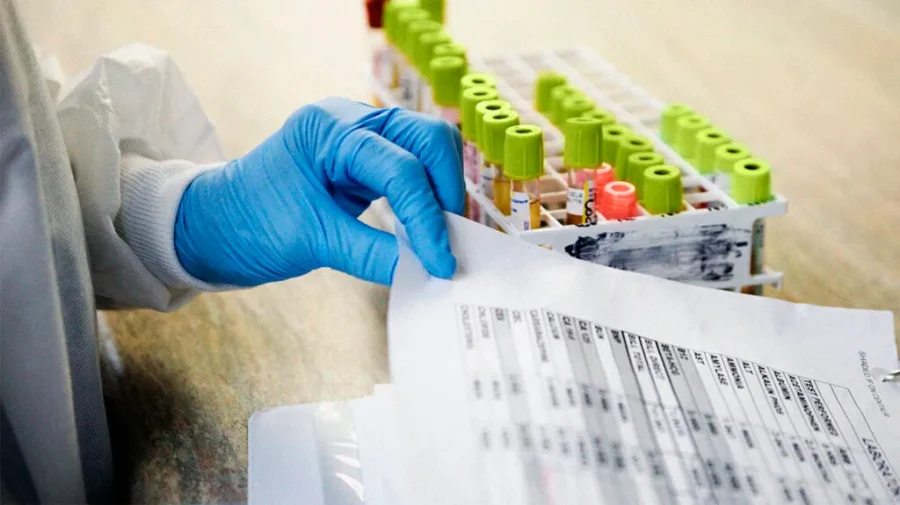The A1C test measures the body’s average blood sugar levels over the past 3 months. High A1C levels are a risk for diabetes and other complications. Lifestyle changes can help manage A1C levels.
The A1C test, also known as the hemoglobin A1C, HbA1C, glycated hemoglobin, or glycohemoglobin test, measures the amount of sugar attached to hemoglobin in the blood. Hemoglobin is a protein present in red blood cells (RBCs), and sugar naturally attaches to it. However, as people with higher blood sugar levels have more sugar-coated hemoglobin, it is a useful test to help check and monitor diabetes status. As higher A1C levels are often associated with diabetes complications, it is important to reach and maintain target A1C results. An individual’s personal A1C goal will depend on many factors, including age and any other medical conditions. Although it is an important tool for managing diabetes, testing A1C levels does not replace other strategies, such as regular blood sugar testing at home. A person can work toward lowering and maintaining their A1C level by following their treatment plan, getting regular physical exercise, and taking steps to lose weight, if the doctor has advised doing so.Get the latest diabetes updates in a weekly newsletter. Whether it’s for you or a loved one, we gather research on risk factors, nutrition, treatment, and more.
A1C test resultsTrusted Source represent how well the body is maintaining blood glucose levels by showing the average percentage of sugar-bound hemoglobin in a blood sample. A higher A1C level suggests a higher riskTrusted Source of diabetes and its complications.
When discussing A1C levels, a doctor may also refer to estimated average glucose, or eAG. The eAG corresponds to A1C, but it appears as milligrams per deciliter (mg/dl), as with blood sugar. Both A1CTrusted Source and eAG refer to a person’s average 3-month blood glucose levels.









